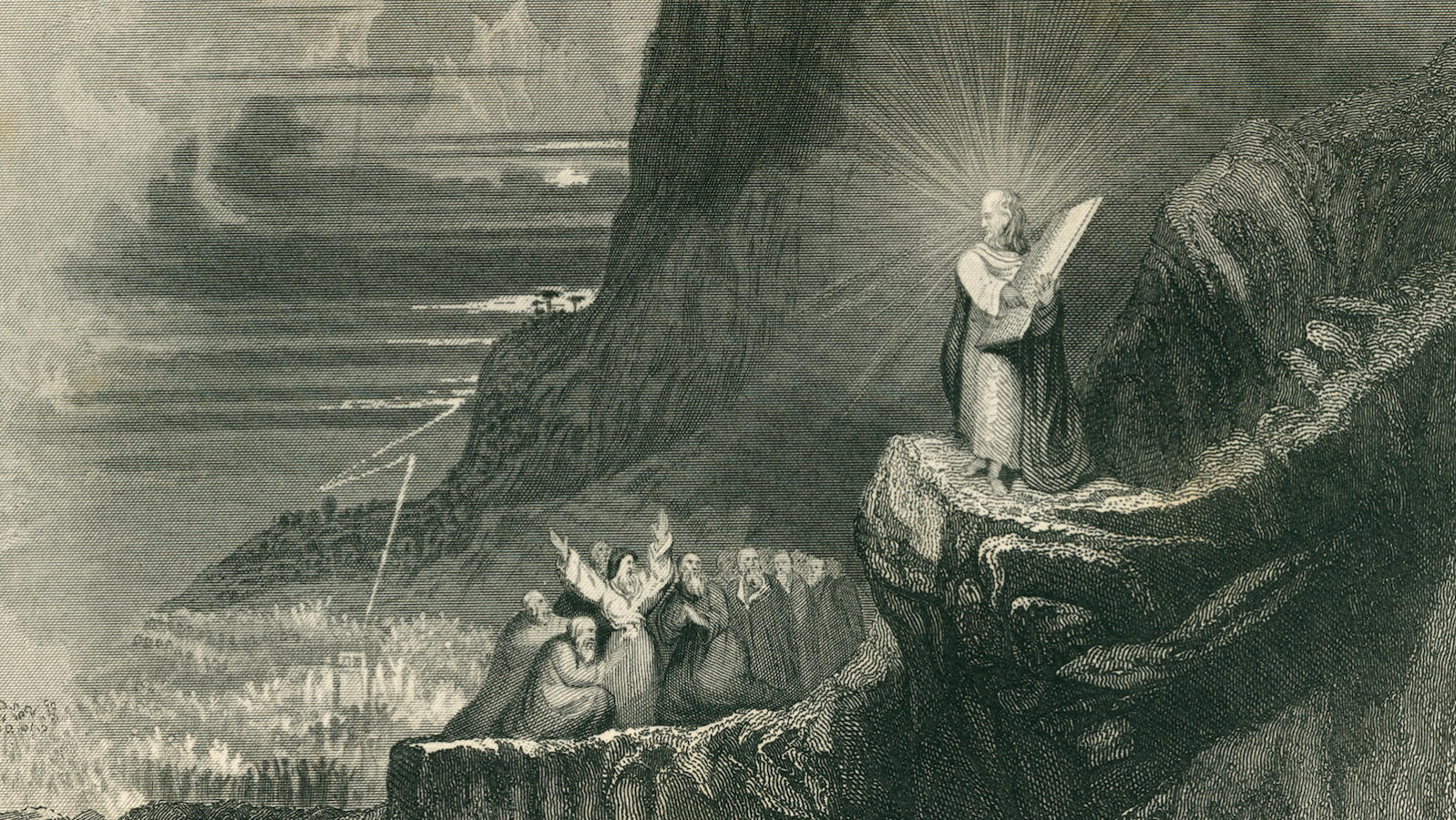Commentary on Parashat Ki Tisa, Exodus 30:11 - 34:35
When Moses returns from Mount Sinai after 40 days and nights, he descends with more than just the second set of luchos (tablets). Moses brings the very Shechinah (divine presence) with him as well.
The Torah teaches that after receiving the Law, Moses’ face shone. The Daas Zekeinim Mibaalei Tosafos (collection of comments by the Tosafists of the 12th and 13th centuries in France and Germany) explains that the luminosity of Moses face was, in fact, the light of the Shechinah. Hashem transferred the splendor of His presence to Moses in order to assure a post-golden-calf Klal Yisrael (people of Israel) that no other leader was as worthy as Moses. Subsequently, they unanimously received him as their leader.
Fearing the Light
When the Jews saw the light, however, they became fearful and reluctant to approach Moses. They kept their distance from him. Rashi comments that before the sin of the golden calf the Jews were able to withstand the Shechinah on Mount Sinai in all its glory and holiness. But now they were unable to endure mere beams of light from Moses face. From this we see the debilitating effect of sin.
In an attempt to lure them back, Moses veiled his face in their presence. He only removed the veil when conversing with Hashem.
But a careful reading of the chapter reveals that “Moses spoke with the Jewish people and when he was finished, covered his face.” This would imply that the Jews weren’t fearful of Moses face at all! How do we understand an earlier verse that says the Jews were afraid to approach him?
The Seforno (R. Ovadiah Seforno, 15th-16th century Italian commentator) explains that generally the people were fearful and Moses remained veiled. But they overcame those fears when they were studying Torah with him.
Although it was difficult for Klal Yisrael, they deemed it critical to see the face of their teacher. This is based on the verse in Isaiah, “Your eyes will see your teacher.” The Maharsha (Rav Shmuel Eliezer ben Yehuda Levi Adels, 16th-17th century Polish scholar) comments that when one sits before his rebbe and observes his facial features and subtle movements, he will be able to read into these nuances and thus understand more Torah.
Lessons to Be Learned
We learn two important lessons from this parshah. First, Moses made every effort to be mikarev (bringing close) Jews to study Torah. He endeavored to hide his greatness and holiness, even if it meant wearing a mask! If Jews were intimidated by his sanctity, he would contain it for the greater cause.
We are all aware of the many stories of great sages who went out of their way to appear “normal,” so as to draw Jews closer to them and to Torah. The Talmud teaches that even the Torah uses colloquial speech so that a broader audience of Jews will understand and follow halacha (Jewish law).
Second, Moses removed his veil when teaching Torah. When a worthy student shows interest, a teacher must expose the student to the full range and depth and beauty of Torah. This is also the way of Hashem–as evident on Mount Sinai–when He taught Torah to Klal Yisroel (the congregation of Israel) with the full force of the Shechinah amidst fire, plumes of smoke, lightning and thunder!
Provided by the Orthodox Union, the central coordinating agency for North American Orthodox congregations.
Torah
Pronunced: TORE-uh, Origin: Hebrew, the Five Books of Moses.
Yehuda
Pronounced: yuh-HOO-dah or yuh-hoo-DAH (oo as in boot), Origin: Hebrew, Judah, one of Joseph’s brothers in the Torah.
halacha
Pronounced: hah-lah-KHAH or huh-LUKH-uh, Origin: Hebrew, Jewish law.
HaShem
Pronounced: hah-SHEMM, Origin: Hebrew, literally, “the name,” word used to refer to God.



